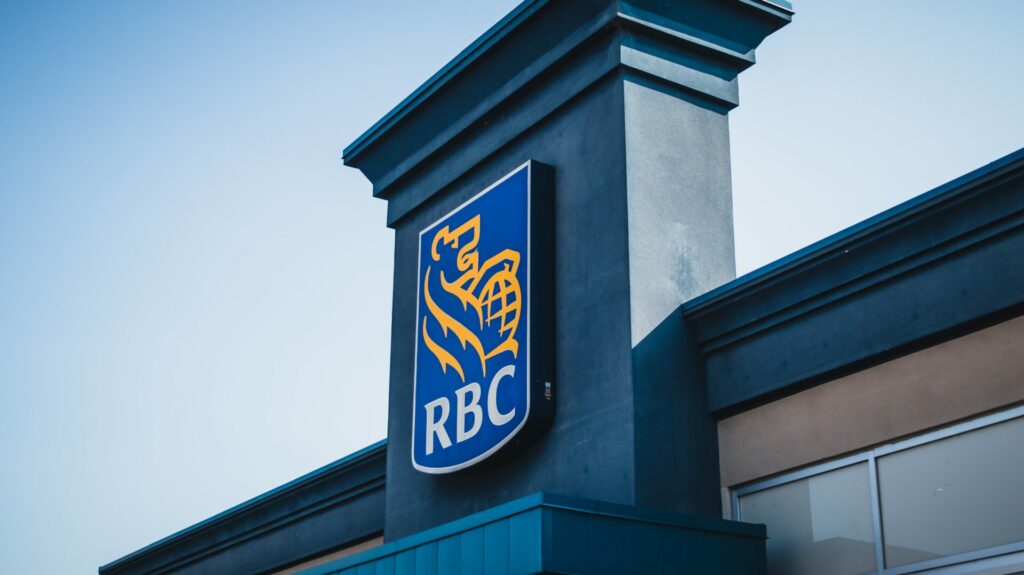
In order to combat the three-decade’s high inflation, the Bank of Canada is starting an aggressive series of interest rate hikes this week. This campaign launched by the central bank is aimed at alleviating the risks involved with high inflation. The Bank of Canada’s first rate hike since 2018 will increase by rates 25 basis points on March 2. This is earlier than what was expected by economists. Economists predicted that the Bank of Canada will increase interest rates in the second quarter of this year. However, because of unrelenting inflation, the interest rate hike was increased this week.
In January, Governor Tiff Macklem said that there is a 70% chance that the benchmark interest rate will be increased to 0.5% from 0.25%. This would be the first of six moves that would increase the borrowing cost over the course of next 12 months. Fred Demers, strategy director at BMO Global Asset Management said, “The market understands that this is long overdue, and the Bank of Canada is behind the curve,”.
Along with Bank of Canada, other major banks including the Fed and the Bank of England will also be raising their interest rates in March for the purpose of tackling inflation. Some economists have suggested that the Fed will increase their interest rates by 50 basis-points. Moreover, by the end of this year, the Bank of Canada would likely raise their interest rate by 50 basis point resulting in 1.00 percent increase by the next quarter. This would then again be raised by the end of the year resulting in a 1.25 percent increase.

The Bank of Canada has positioned itself for a swift rate hiking cycle. The policy rate would reach above 1% by this summer and would hit 1.75% in early 2023. The Royal Bank of Canada (RBC) has highlighted that although the citizens would perceive difficulties because of such sharp surging of interest rates, they would still have ample buying power for their daily spending. This also be backed by improved labour markets and increased savings rates. Moreover, RBC predicted that Bank of Canada could further increase their interest rates as soon as April.
A prediction by Arelene Kish, director of Canadian economics at S&P Global Inc. revealed that there will also be a quarter point increase which is a “first step in slowing demand as supply catches up,”. “Geopolitical events are impacting energy prices, adding to already strong inflationary pressures, and may require the Bank of Canada to act more swiftly during the initial monetary policy tightening cycle”.
Canada’s gross domestic product, as predicted by the Bank of Canada, would increase with an annual rate of 5.8% in the fourth quarter. This is a strong estimation by the bank which indicates that the bank would end its promise to hold the benchmark interest rate near zero until the spring of 2022.
Statistics Canada revealed that mortgage debt increased by 10.3 percent, which is an astonishing increase of $182.4 billion. However, this impulse consumption could start to fade because the average household disposable income dropped by 1.3 percent, although the average employee compensation increased by 1.9 percent. Nevertheless, the greatest threat to Canada is inflation because the consumer price index has increased to 5.1 percent compared to the previous year.
Although majority of the country’s inflation is linked to supply chain issues, which are not controlled by the Bank of Canada, the latest GDP figures depict that is a demand element as well. The prices of commodities are surging because of geopolitical issues between Russia and Ukraine, and much of what these countries are exporting, are also being exported by Canada as well.


